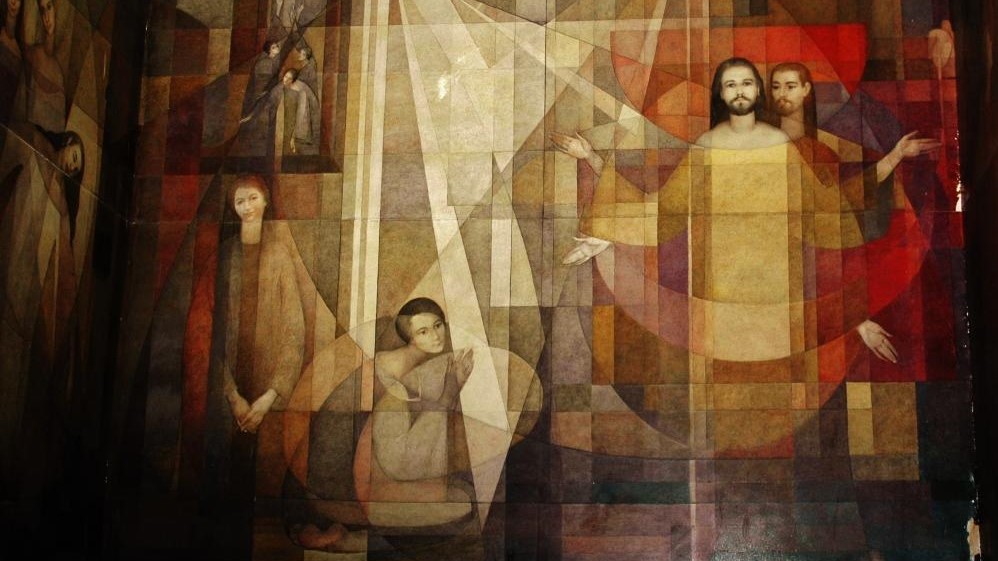
John 20:1-18
Easter B19
1 EarlyA on the first day of the week,B while it was still dark,C MaryD MagdaleneE came to the tombF and sawG that the stone had been removedH from the tomb.
2 So she ranI and went to SimonJ PeterK and the other disciple,L
the one whom JesusM loved,N and said to them, “They have takenO the LordP out of the tomb, and we do not knowQ where they have laid him.”
3 Then Peter and the other disciple set out and went toward the tomb. 4 The two were running together, but the other disciple outranR Peter and reached the tomb first. 5 He bent down to look inS and saw the linen wrappings lying there, but he did not go in.
6 Then Simon Peter came, followingT him, and went into the tomb. He sawU the linen wrappings lying there, 7 and the clothV that had been on Jesus’ head, not lying with the linen wrappings but rolled up in a place by itself.
8 Then the other disciple, who reached the tomb first, also went in, and he sawW and believed;X 9 for as yet they did not understand the scripture,Y that he mustZ riseAA from the dead. 10 Then the disciples returned to their homes.BB
11 But Mary stoodCC weepingDD outside the tomb. As she wept, she bent over to look into the tomb; 12 and she saw two angelsEE in white,FF sitting where the bodyGG of Jesus had been lying, one at the head and the other at the feet.
13 They said to her, “Woman,HH why are you weeping?”
She said to them, “They have taken away my Lord, and I do not know where they have laid him.” 14 When she had said this, she turnedII around and saw Jesus standing there, but she did not know that it was Jesus.
15 Jesus said to her, “Woman, why are you weeping? Whom are you looking for?”JJ
SupposingKK him to be the gardener,LL she said to him, “Sir, if you have carried him away, tell me where you have laid him, and I will take him away.”
16 Jesus said to her, “Mary!”
She turned and said to him in Hebrew,MM “Rabbouni!”NN (which means Teacher).OO
17 Jesus said to her, “Do not hold onPP to me, because I have not yet ascended to the Father. But goQQ to my brothersRR and say to them, ‘I am ascending to my Father and your Father, to my GodSS and your God.’”
18 Mary Magdalene went and announcedTT to the disciples, “I have seen the Lord”; and she told them that he had said these things to her.
Image Credit: Painting from the Church of Saint Magdalene in Esplugues in Barcelona.
